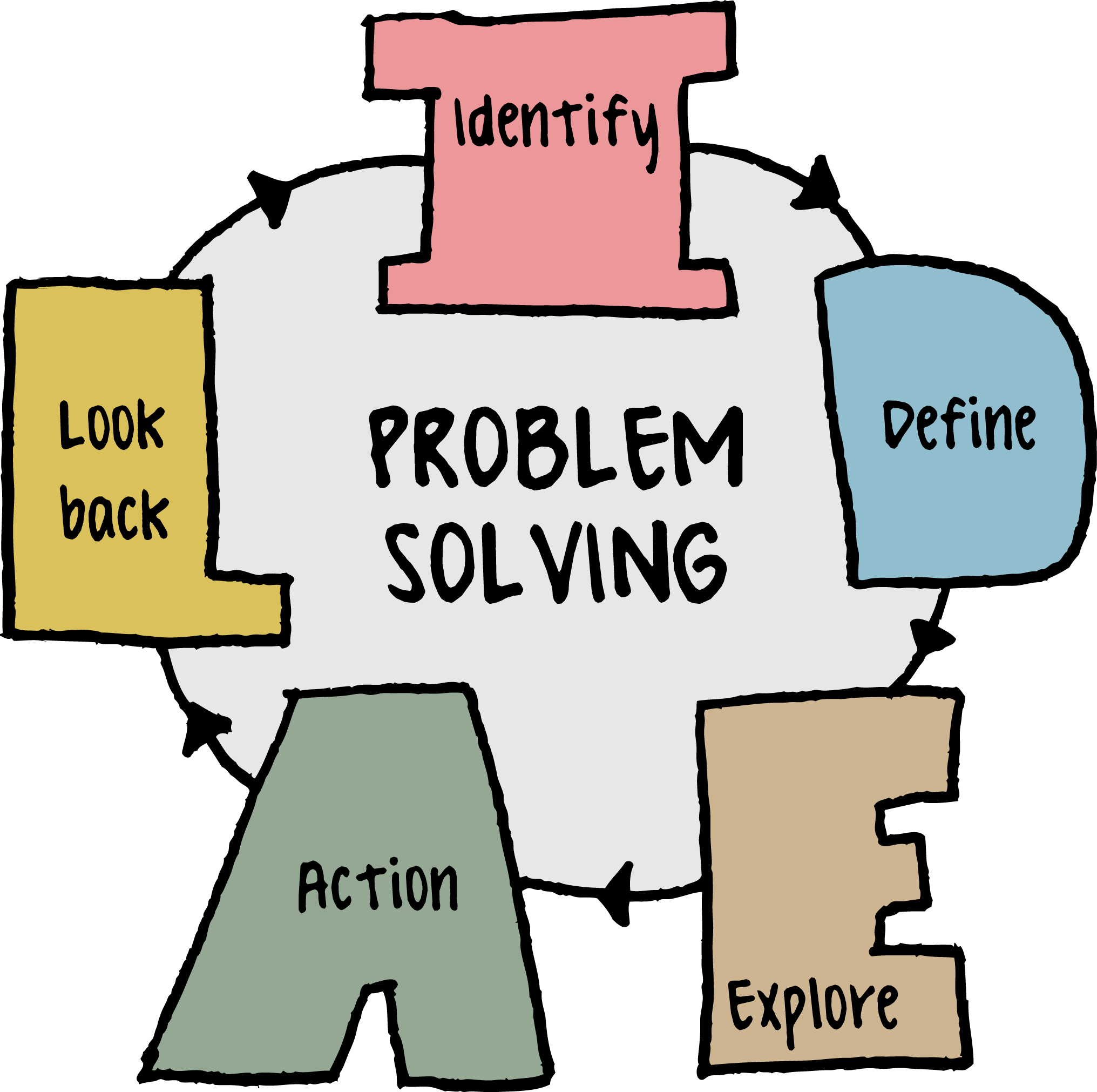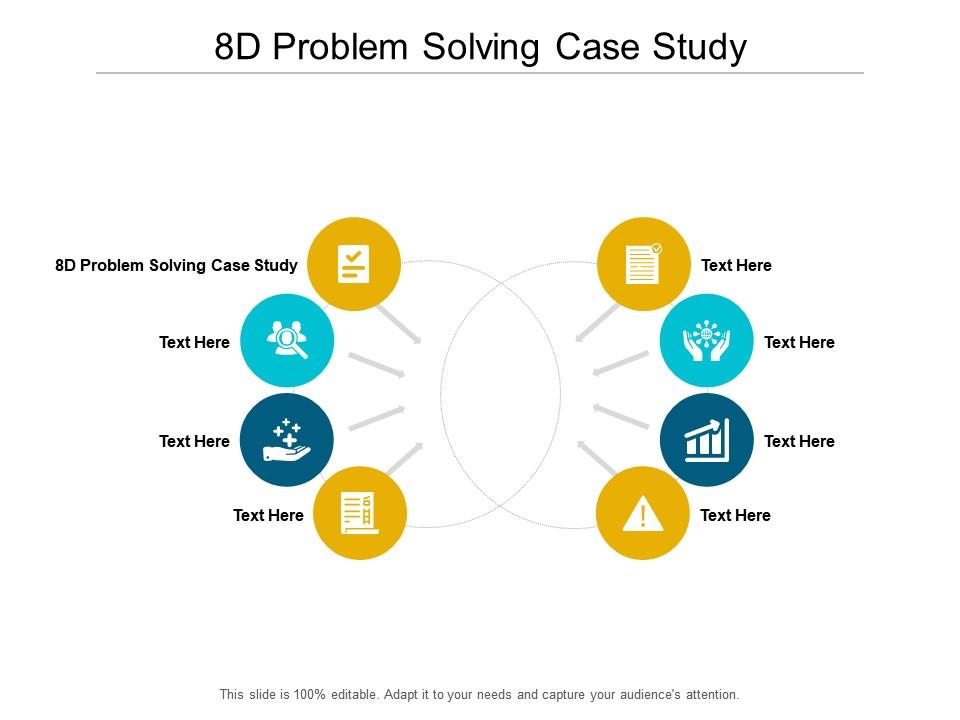The Problem-Solving Puzzle: Case Studies and Solutions dives headfirst into the fascinating world of tackling challenges, big and small. We’ll explore how analyzing real-world situations—from personal dilemmas to complex business scenarios—can sharpen your problem-solving skills. Get ready to unlock effective strategies and learn how to approach any obstacle with confidence and creativity.
This guide breaks down the process of problem-solving into manageable steps, from identifying the core issue to implementing and evaluating solutions. We’ll examine various methodologies, including root cause analysis and design thinking, comparing their strengths and weaknesses through detailed case studies. You’ll learn to identify biases, generate creative solutions, and develop actionable plans to achieve your goals. Whether you’re a student, a professional, or just someone who wants to become a better problem-solver, this resource will equip you with the tools and insights you need to succeed.
Introduction

Problem-solving is the process of identifying a problem, devising a plan to resolve it, implementing that plan, and evaluating the results. It’s not a linear process; instead, it’s iterative, meaning we often cycle through these steps multiple times, refining our approach as we learn more and encounter unexpected obstacles. This iterative nature is key to successful problem-solving, allowing for adaptation and improvement along the way.Effective problem-solving is crucial across all aspects of life.
Personally, we use it daily to navigate challenges ranging from fixing a broken appliance to managing our finances. Professionally, it’s essential for innovation, efficient workflow, and effective decision-making. At a societal level, problem-solving is the foundation for addressing complex issues like climate change, poverty, and healthcare access. Without strong problem-solving skills, progress in these areas would be severely hampered.
The Role of Case Studies in Problem-Solving
Case studies provide invaluable opportunities to learn from real-world examples of problem-solving. By analyzing how others have approached similar challenges, we can gain insights into effective strategies, common pitfalls, and alternative solutions. Case studies allow us to learn vicariously, observing the decision-making processes, the successes and failures, and the ultimate outcomes of different approaches. This experiential learning enhances our own problem-solving abilities by exposing us to a wider range of perspectives and techniques than we might encounter in our own limited experiences.
Analyzing case studies fosters critical thinking skills and helps us develop a more nuanced understanding of the complexities involved in solving problems. The ability to dissect a problem, analyze different solutions, and evaluate outcomes based on real-world scenarios is crucial for developing practical problem-solving skills.
Solution Generation and Evaluation

Generating creative solutions and then rigorously evaluating their practicality is crucial for effective problem-solving. This process involves brainstorming innovative ideas and then systematically analyzing their feasibility, potential impact, and potential downsides. A structured approach ensures that the chosen solution is not only imaginative but also realistic and effective.
Brainstorming Techniques for Creative Solution Generation
Effective brainstorming techniques can unlock innovative solutions. These methods encourage free-flowing ideas, minimizing judgment during the initial stages. This allows participants to explore a wider range of possibilities before refining their choices.
One popular technique is brainwriting, where participants silently generate ideas on paper, then pass their papers to others for further development. This avoids the dominance of vocal individuals and encourages more diverse thinking. Another effective approach is SCAMPER, an acronym standing for Substitute, Combine, Adapt, Modify, Put to other uses, Eliminate, and Reverse. By systematically applying these prompts to the problem, participants can generate a wide array of solutions.
For example, if the problem is inefficient office space, SCAMPER might suggest substituting desks with standing desks (Substitute), combining workspaces with shared resources (Combine), adapting remote work strategies (Adapt), modifying office layouts (Modify), using the office for community events (Put to other uses), eliminating unnecessary furniture (Eliminate), or reversing the office layout to improve flow (Reverse). Finally, mind mapping visually organizes ideas, allowing participants to see connections and build upon each other’s suggestions.
A central problem is placed in the middle of a page, with branching ideas radiating outwards, forming a visual representation of the thought process.
Evaluating Solution Feasibility, Effectiveness, and Potential Consequences, The Problem-Solving Puzzle: Case Studies and Solutions
Once a range of potential solutions has been generated, a critical evaluation process is necessary. This involves assessing the feasibility of implementation, predicting the effectiveness in achieving the desired outcome, and identifying potential negative consequences.
Feasibility assessment considers factors such as resource availability (financial, technological, human), time constraints, and regulatory compliance. Effectiveness evaluation involves predicting the likely impact of each solution on the problem, considering both short-term and long-term effects. This might involve data analysis, simulations, or expert opinions. Finally, a thorough analysis of potential negative consequences – unintended side effects, risks, or ethical concerns – is vital.
This step ensures a comprehensive understanding of the potential impact of each solution, allowing for informed decision-making. For instance, implementing a new software system might improve efficiency but also require extensive staff training (feasibility), may not fully address the underlying problem (effectiveness), and could create data security vulnerabilities (consequences).
Decision-Making Matrix for Solution Comparison and Ranking
A decision-making matrix provides a structured approach to compare and rank potential solutions based on predefined criteria. This matrix facilitates objective comparison and reduces bias in the selection process. The criteria chosen will depend on the specific problem and priorities.
| Solution | Feasibility (1-5) | Effectiveness (1-5) |
|---|---|---|
| Solution A | 4 | 3 |
| Solution B | 3 | 4 |
| Solution C | 2 | 5 |
In this example, ‘Feasibility’ and ‘Effectiveness’ are scored on a scale of 1 to 5 (1 being low, 5 being high). Additional criteria, such as cost, risk, and ethical considerations, could easily be added as columns. This allows for a quantitative comparison, aiding in the selection of the most suitable solution. A weighted scoring system can further refine the process, assigning different weights to criteria based on their relative importance.
For example, if cost is a major constraint, it might receive a higher weight than other factors.
Ultimately, mastering problem-solving isn’t about finding the
-one* right answer; it’s about developing a flexible and adaptable approach. By understanding different methodologies, analyzing case studies, and embracing iterative improvement, you can confidently tackle any challenge that comes your way. This journey through The Problem-Solving Puzzle: Case Studies and Solutions has equipped you with a powerful toolkit for navigating complexity and achieving success.
Now go forth and conquer those problems!
FAQ Section: The Problem-Solving Puzzle: Case Studies And Solutions
What types of problems are covered in the case studies?
The case studies cover a range of problems, from everyday challenges to complex organizational issues. Examples might include improving team communication, streamlining a business process, or resolving a conflict.
Are there any prerequisites for understanding this material?
No prior knowledge of specific problem-solving methodologies is required. The guide explains each method clearly and provides examples to aid understanding.
How can I apply what I learn to my own life?
The principles and methodologies discussed are applicable across various contexts—personal, professional, and academic. You can adapt the frameworks and techniques to address your own unique challenges.
Is this material suitable for beginners?
Absolutely! The guide is designed to be accessible to beginners, providing a clear and comprehensive introduction to problem-solving techniques.
